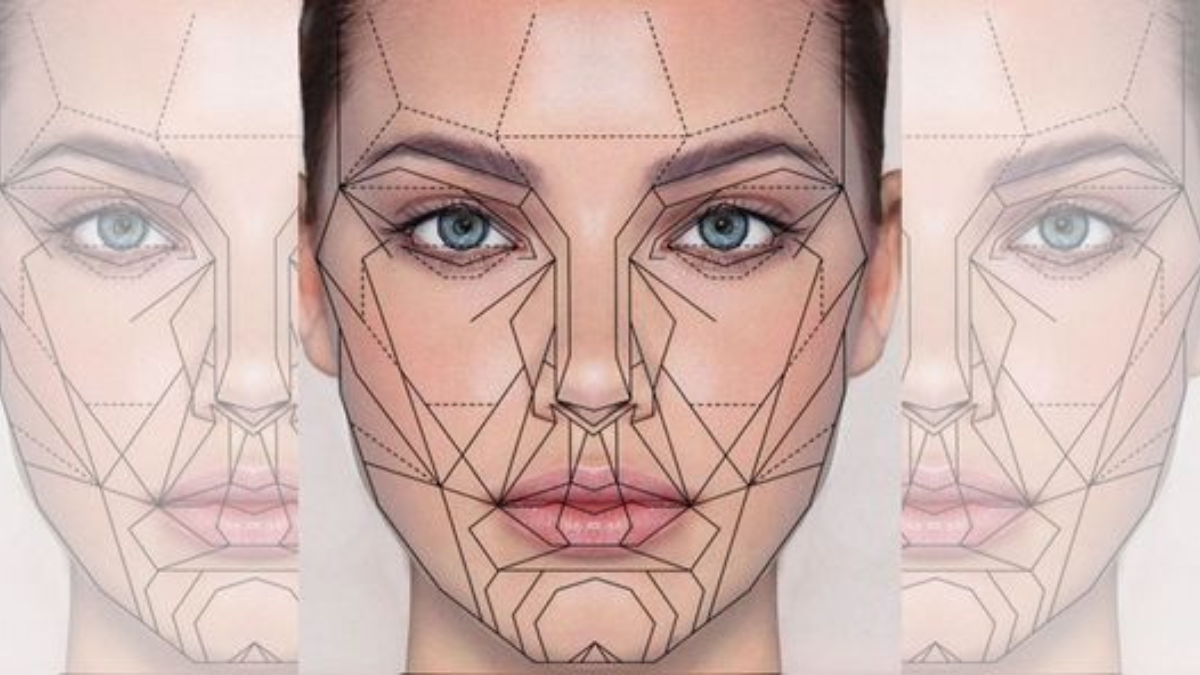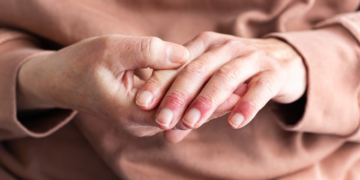Introduction
A degloved face is a difficult and severe injury that needs to be treated right away with skilled treatment. It is essential that patients and their family comprehend the causes, available treatments, and the recuperation process. We will examine the intricacies of a degloved face in this post, including its causes, potential treatments, and the healing process.
Table of Contents
A Degloved Face: What Is It?
When the skin and underlying tissues are ripped away from the skull, exposing the facial structures, the result is a serious injury known as a degloved face. This disorder is frequently brought on by high-impact incidents, like auto accidents, workplace mishaps, or steep falls.
The Reasons for a Face Degloved
It’s crucial to comprehend the reasons for a degloved face in order to stop these unpleasant events. Among the frequent causes are:
- Automobile crashes: Severe face injuries can result from fast-moving collisions.
- Industrial Accidents: Degloving injuries can arise from work-related incidents in industrial environments.
- Falls from Heights: A degloved face can result from falls off ladders or rooftops.
- Sports Accidents: Facial damage can occur from contact sports if protective gear is not worn.
- The shear force and contact on the face in any of these situations may cause the ski.

Treatment Options
Prompt and appropriate treatment is critical in improving the prognosis for degloved face injuries. Treatment typically involves the following steps:
- Emergency Medical Care: Seek immediate medical attention. Stabilize the patient and control bleeding.
- Surgical Intervention: Reattachment of the degloved skin and tissues through surgical procedures.
- Tissue Flaps: Plastic and reconstructive surgery to repair damaged areas.
- Rehabilitation: Physical therapy and wound care to support recovery.
The choice of treatment depends on the extent of the injury and the patient’s overall health.
Recovery Process
A degloved face requires a difficult rehabilitation process that may take multiple phases. During this time, it’s critical to control expectations and keep a positive mindset. Here’s what to anticipate when you heal:
- Immediate Post-Surgery: The initial focus is on wound healing and preventing infection.
- Long-Term Rehabilitation: Physical therapy and wound care may be needed for several months.
- Emotional Support: Coping with the emotional and psychological impact of the injury is crucial.
- Follow-up Care: Regular visits to the medical team are essential to monitor progress.
FAQs
Q: What are the long-term complications of a degloved face?
A: Long-term complications may include scarring, limited facial movement, and psychological trauma. Follow-up care and rehabilitation can help address these issues.
Q: Can a degloved face be completely restored to its original state?
A: While complete restoration is challenging, skilled surgeons can significantly improve the appearance and function of the face. Results vary from person to person.
Q: How can I prevent degloved face injuries?
A: Wear appropriate safety gear, follow safety protocols at work, and practice safe driving habits to minimize the risk of accidents.
Q: Is a degloved face a life-threatening injury?
A: A degloved face itself is not usually life-threatening, but the complications and associated injuries may be. Immediate medical attention is crucial.
Q: How long does the recovery process typically take?
A: The recovery timeline varies depending on the severity of the injury. It can range from several months to over a year.
Q: Are there support groups for degloved face patients?
A: Yes, there are support groups and resources available to help patients and their families cope with the physical and emotional challenges of this injury.
Conclusion
Understanding a degloved face, its causes, treatment options, and recovery process is essential for those facing this traumatic injury. With prompt medical care, skilled surgical interventions, and unwavering support, individuals can regain their confidence and lead fulfilling lives after a degloved face injury.


 Home
Home










